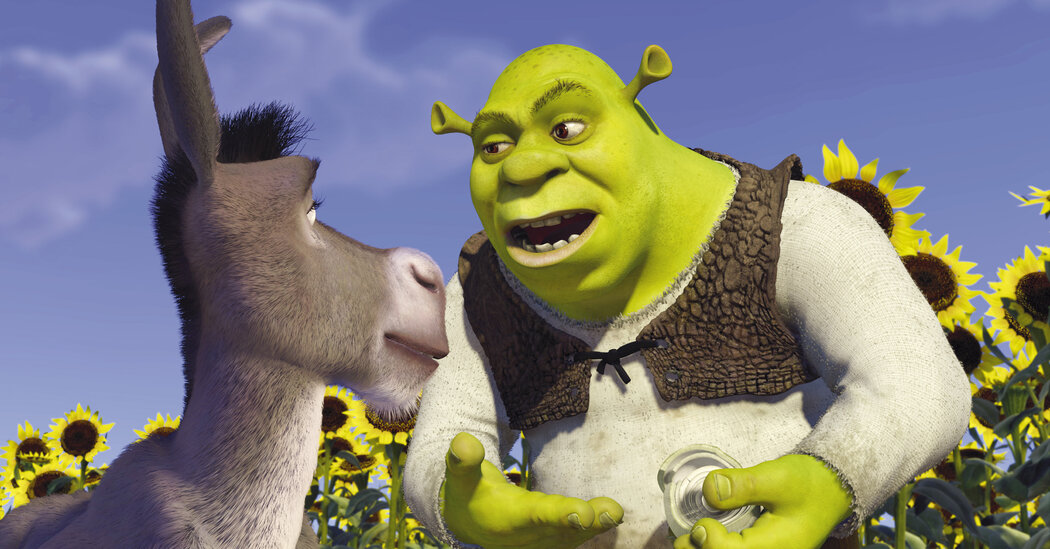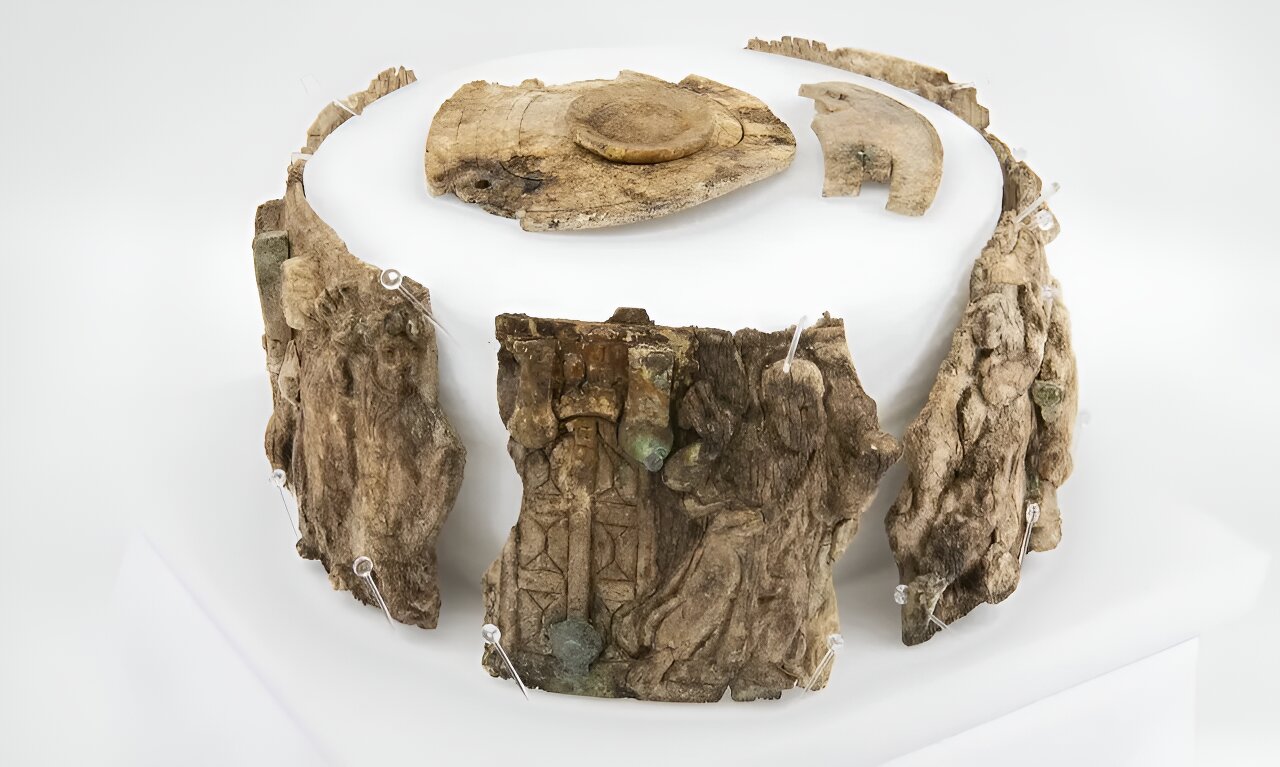The Barnes Foundation in Philadelphia has cut 12 positions from its full-time staff over the past six months, ARTnews has learned. The museum confirmed the news to ARTnews in a statement.
Between January and February, the museum, home to a significant collection of 19th- and 20th-century art, parted ways with three full-time employees, including two senior-level staff members. In April the museum conducted a round of layoffs, eliminating nine positions.
The terminations in January and February were of Jill Duncan, the director of finance at the Barnes since June 2021; another staffer, whose role involved managing social media; and historian TK Smith, who served as the museum’s assistant curator for art of the African diaspora.
Among those let go in April were curator Corrinne Chong, a specialist in 19th-century art, and Amy Gillette, a research associate who had been with the museum for six years.
While Duncan revealed on LinkedIn that her position was eliminated, Smith posted a statement to Instagram in April saying that he had been fired from the Barnes by the museum’s director and president, Thom Collins.
In a December 2022 press release announcing Smith and Chong’s hirings, the museum suggested their appointments would be part of a long-term plan for the foundation to “shape” its exhibitions and publications in a progressive direction envisioned by its founder, philanthropist Albert C. Barnes, who collected African art in addition to European painting and sculpture. Smith’s role of Assistant Curator for Art of the African Diaspora was a newly created role, meant to focus in part on Black artists. At the Barnes, he worked on several exhibitions featuring living and dead Black artists, including Lebohang Kganye, William Edmondson, and Isaac Julien.
At the time he was terminated, Smith was the Barnes’ managing curator for the traveling exhibition “Mickalene Thomas: All About Love,” according to the museum’s press materials. The show is scheduled to open at the Barnes in October. (It is currently on view at the Broad in Los Angeles.) The museum has since brought on an independent London-based scholar, Renée Mussai, to serve as the Thomas exhibition’s managing curator. Mussai has not taken over Smith’s position at the museum, which the Barnes told ARTnews it will rehire for.
In an interview, Smith said that his firing came after he requested a contract from the Barnes and London’s Hayward Museum (to which the Thomas exhibition will travel in 2025) to publish his research for the Thomas exhibition, a request that the Barnes denied. Smith said he had grown increasingly mistrustful of the internal handling of his research and felt a contract was necessary to protect his academic credentials. After returning from a Barnes-sponsored residency in Lagos in December, he refused to produce the essay without a written agreement. Smith said he was then warned by Barnes leadership that he would be out of compliance with his role if he failed to file the essay for the exhibition’s book. (The Barnes declined to comment on the event, citing reasons related to protecting employee privacy.)
Smith told ARTnews that he felt, upon his hiring, that Barnes leadership was unprepared for his arrival and unable to respond substantively to his inquiries about the role’s critical focus, his attempts to define the scope of its diasporic concentration or to provide information about the reason it was created. The position was created in 2020, two years before Smith assumed it.
“It was clear almost from the moment I entered the door that they did not want this position. They had no intentions to fulfill the promises of the position,” Smith told ARTnews. “They sent me to Nigeria to show face.”
A legal representative for the Barnes denied this in correspondence with ARTnews, saying that “Museum staff members maintain regular and open communication with all employees regarding their roles.”
In an internal email from Smith to the Barnes staff at the time of his departure and reviewed by ARTnews, Smith described the role he held as “identity-specific,” offering to assist the museum in defining it for a future candidate—a gesture to help a peer in his field, he later told ARTnews.
The layoffs and terminations represent 6 percent of the museum’s total staff of 206. Unlike other museums in the US, the Barnes says the staff reductions aren’t a result of a worsening financial picture. “We generated a healthy surplus at year end, rather than a deficit – a practice we intend to continue,” said museum spokesperson Deirdre Maher, who described the museum as “financially healthy.”
In a statement to ARTnews, Maher said, “As with every museum, staffing levels shift based on a variety of factors. We make regular adjustments to our operations based on current needs and to ensure our ongoing financial well-being.” Since 2020, the Barnes staff has grown by 15 percent. They reduced it by 4 percent in 2023, Maher said. The museum declined to comment on the reason for the layoffs, or whether the cuts could affect future programming.
The Barnes reported it generated $28.8 million in revenue for the second half of 2023, according to the foundation’s public disclosures. In 2022, it brought in $27 million in revenue after benefiting from pandemic-related tax credits and stimulus money. The foundation oversees an endowment of $130.9 million.
Changes at the Barnes come after a string of larger art institutions made staff cutbacks to safeguard their financial stability in the fall. Between October and December, the Solomon R. Guggenheim Museum in New York laid off 10 employees, citing a strained budget due to rising costs and inflation, while the San Francisco Museum of Modern Art and the Dallas Museum of Art each cut 20 staff positions in response to plunging attendance after the pandemic.



